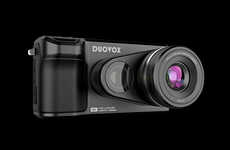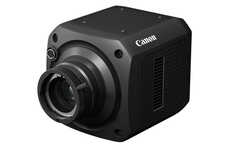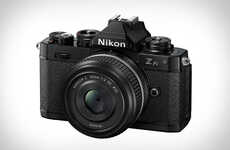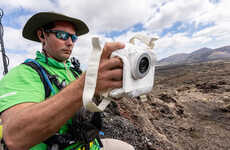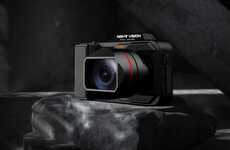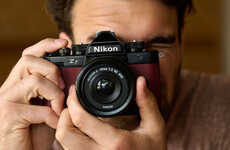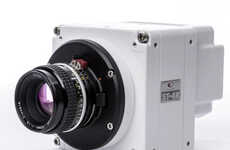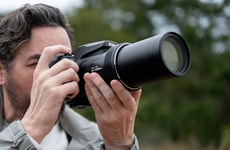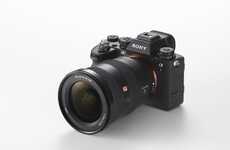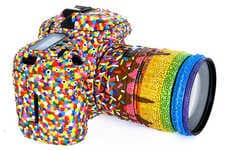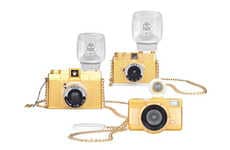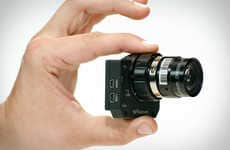
The Nikon D4 Launches at the 2012 CES and Works in the Lowest Light
John Ibbitson — January 10, 2012 — Tech
Launching at the 2012 CES and costing around $6,000 (for the camera body only), the new Nikon D4 is sure to excite photographers and camera enthusiasts everywhere. This full-frame DSLR has a sensor so sensitive to light that it can take photos in the darkest of environments with an ISO range of up to 204,800. And, this number can be increased if you add the company's newest lens, the AF-S Nikkor 85mm/F1.8 prime lens, to the camera.
In addition to its ability to perform exceptionally well in low lighting conditions, the camera can also shoot at speeds of 10 frames per second, shoot full HD video at 30 frames per second, and has a resolution of 16.2 megapixels. This professional-quality camera is sure to be one of the most popular photographic innovations of the 2012 CES; so if you can't make it to the show, be sure to check it out here first.
In addition to its ability to perform exceptionally well in low lighting conditions, the camera can also shoot at speeds of 10 frames per second, shoot full HD video at 30 frames per second, and has a resolution of 16.2 megapixels. This professional-quality camera is sure to be one of the most popular photographic innovations of the 2012 CES; so if you can't make it to the show, be sure to check it out here first.
Trend Themes
1. Low-light Photography - Disruptive innovation opportunity: Develop advanced sensors and lenses that allow cameras to capture high-quality images in extremely low-light conditions.
2. High-speed Shooting - Disruptive innovation opportunity: Create cameras with even faster shooting speeds for capturing fast-paced action and sports photography.
3. Video Recording - Disruptive innovation opportunity: Improve video recording capabilities in cameras, allowing for higher resolutions and frame rates for professional-quality videography.
Industry Implications
1. Photography - Disruptive innovation opportunity: Integrate artificial intelligence technology into cameras to enhance the photography experience and automate certain tasks.
2. Consumer Electronics - Disruptive innovation opportunity: Develop affordable and accessible low-light cameras for general consumers, expanding the market beyond professional photographers.
3. Film and Television - Disruptive innovation opportunity: Incorporate low-light camera technology into film and television production equipment, allowing for more flexibility in shooting locations and lighting setups.
2.8
Score
Popularity
Activity
Freshness

